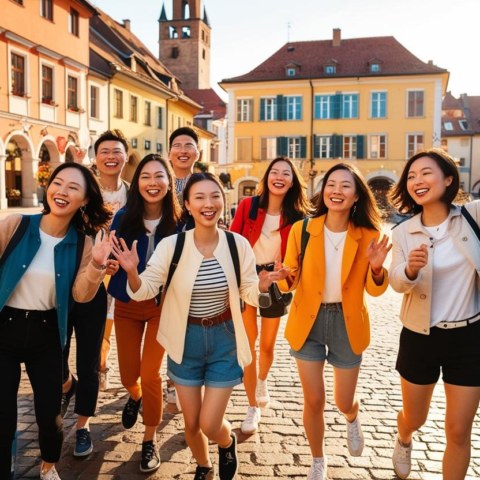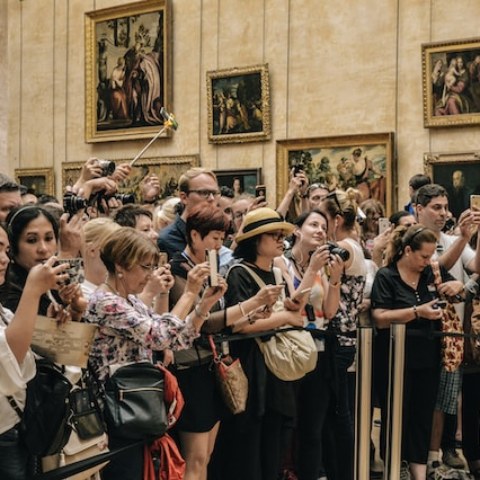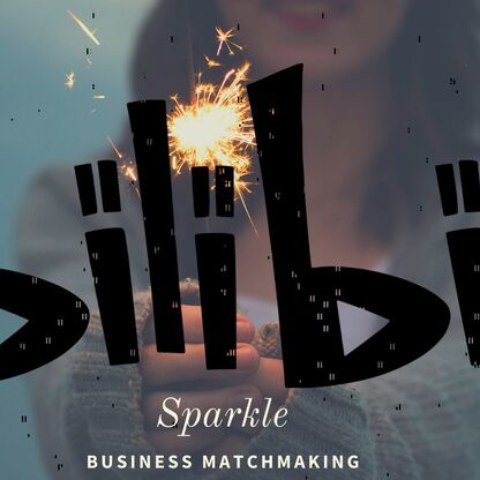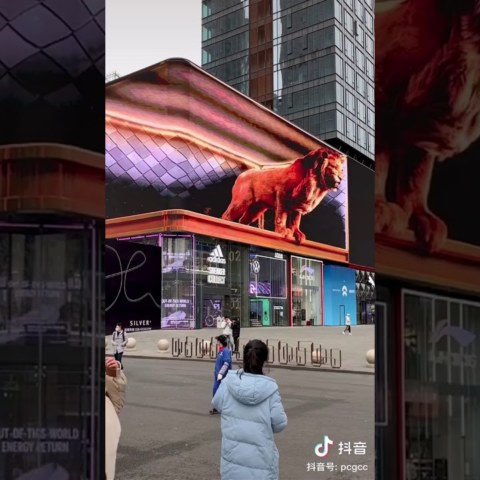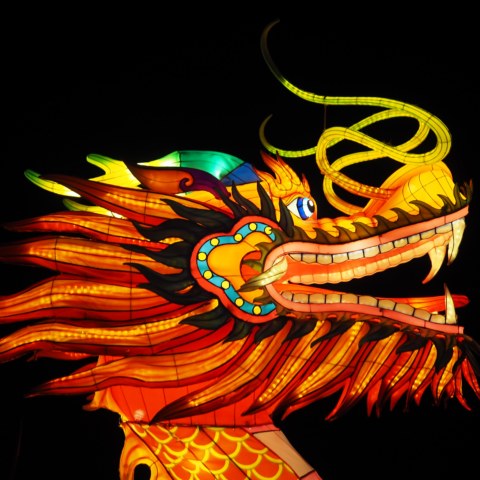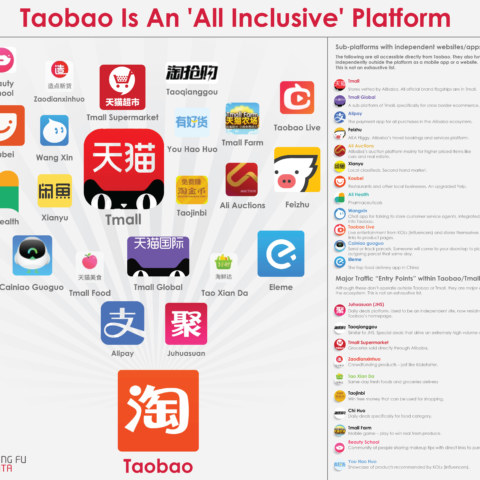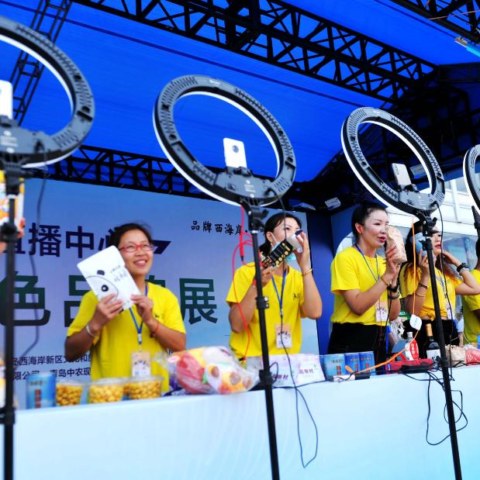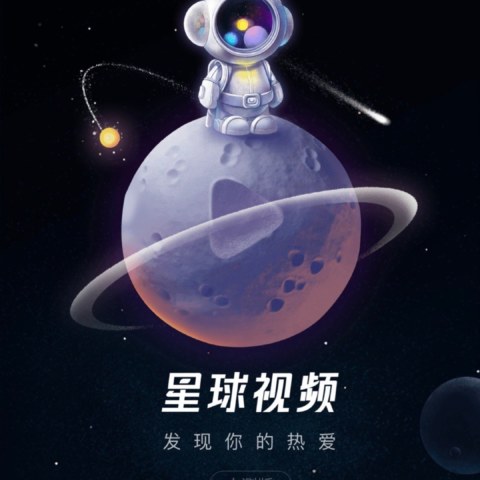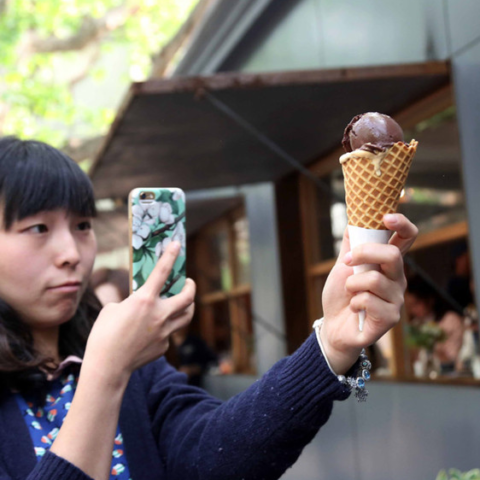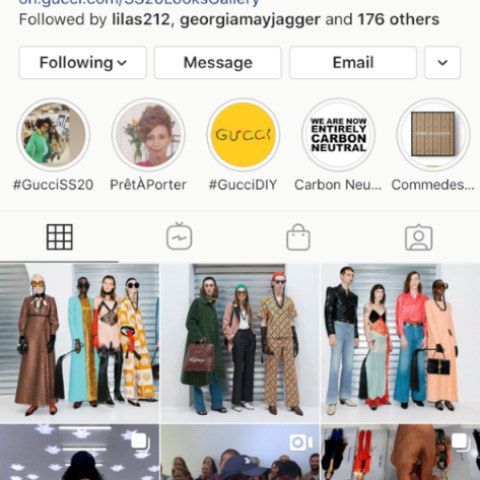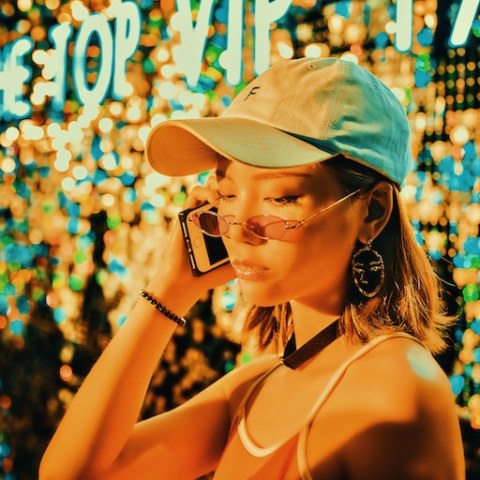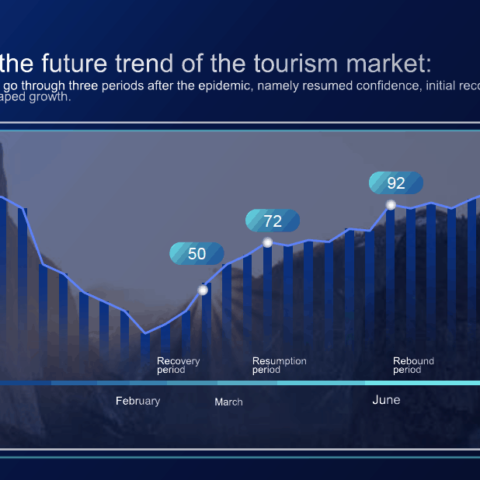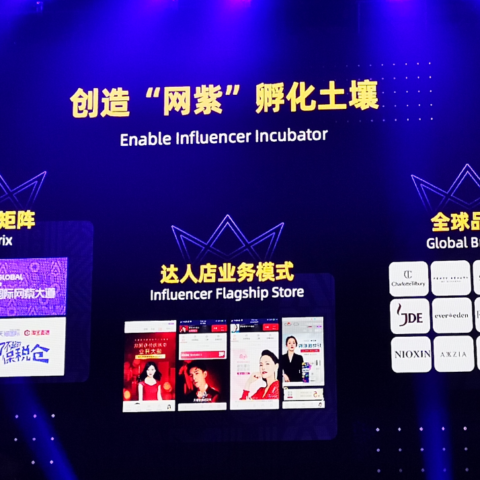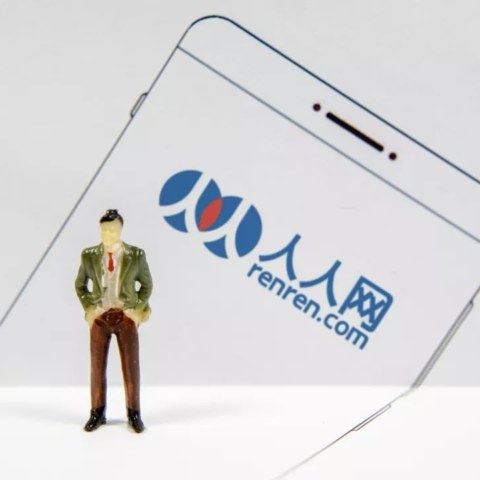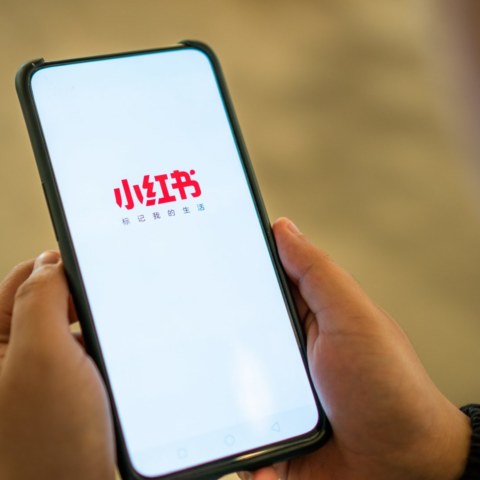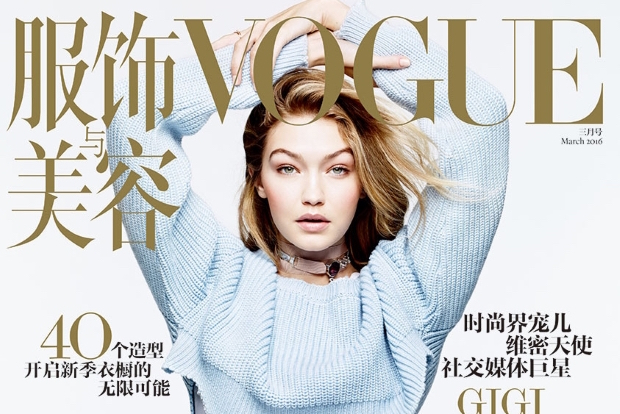Chinese consumers are becoming increasingly diverse
As China’s luxury market matures, Chinese consumers are becoming increasingly diverse in terms of their tastes, attitudes, lifestyles, spending habits, brand preferences, and consumption of media.
China’s younger generation are much more willing to spend big than their comparatively conservative parents, as the survey found that those under the age of 35 spent 10 to 20 percent more on luxury goods last year.
This is due in large part to a sense of optimism about the future, as 60 percent of consumers in this age group believe their personal finances will improve, while only 33 percent of the older generation believes the same. This trend was also reflected in a different survey recently released by Boston Consulting Group, which found that those age 35 or younger are likely to see a 14 percent overall rise in spending through 2020.
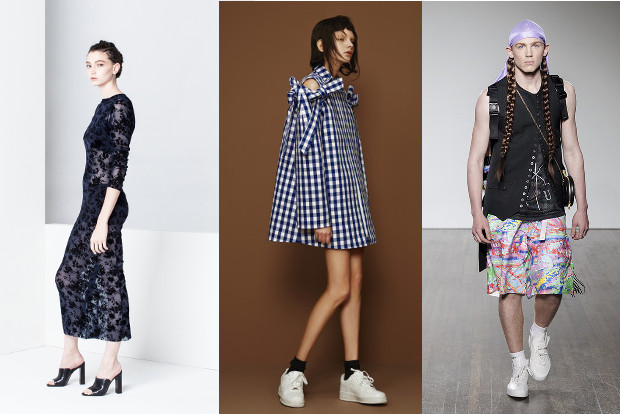
The key segments, tracking their use of social media, spending on luxury e-commerce, travel spending, consumption of digital media, favorite brands and susceptibility to advertising are:
- The Aficionado: With high knowledge of luxury and an individual sense of taste and style, this segment represents China’s trend-setters. This is the most wealthy segment and enjoys not only luxury shopping, but lifestyle activities as well.
- The Epicurean: Obsessed with luxury, the Epicurean segment is led by fads and always searching for the latest trends on social media.
- The Bling King: With low knowledge about luxury yet a high desire to impress, this segment is all about conspicuous consumption and sees luxury as a status symbol.
- The Skeptic: Unlike the Bling King, the Skeptic sees luxury as overrated, yet puts high emphasis on quality and craftsmanship. This segment is much less susceptible to advertising and strongly considers price when making a purchase.
- The Aspirant: The emerging segment of the group, aspirants love luxury but have little knowledge of brands but are eager for more information. This group is willing to explore and is highly influenced by word-of-mouth, social media, and key opinion leaders (KOLs) such as fashion bloggers.
Leave a Comment
